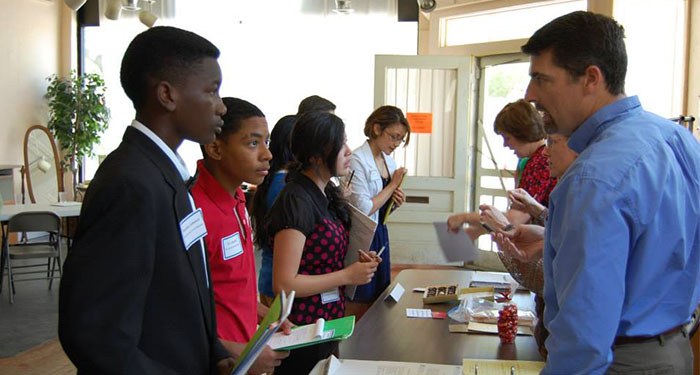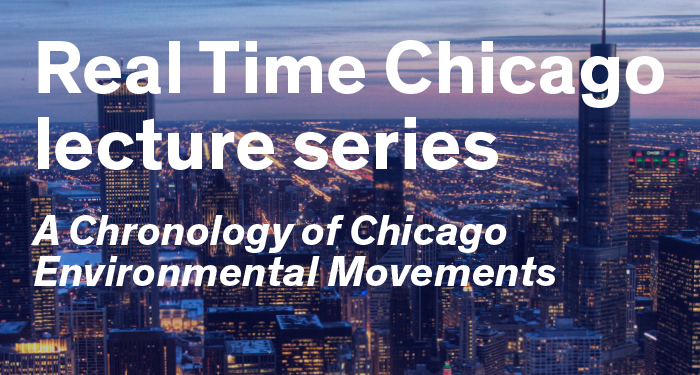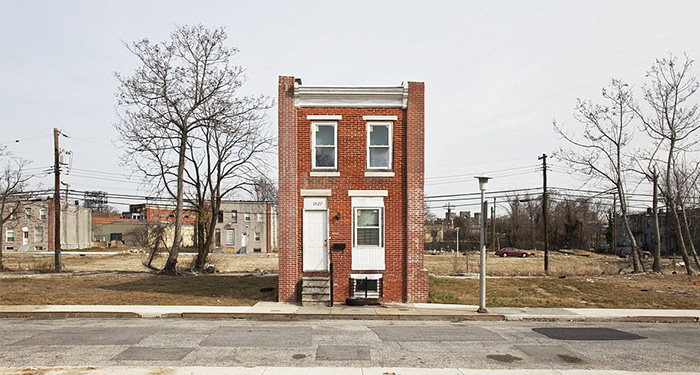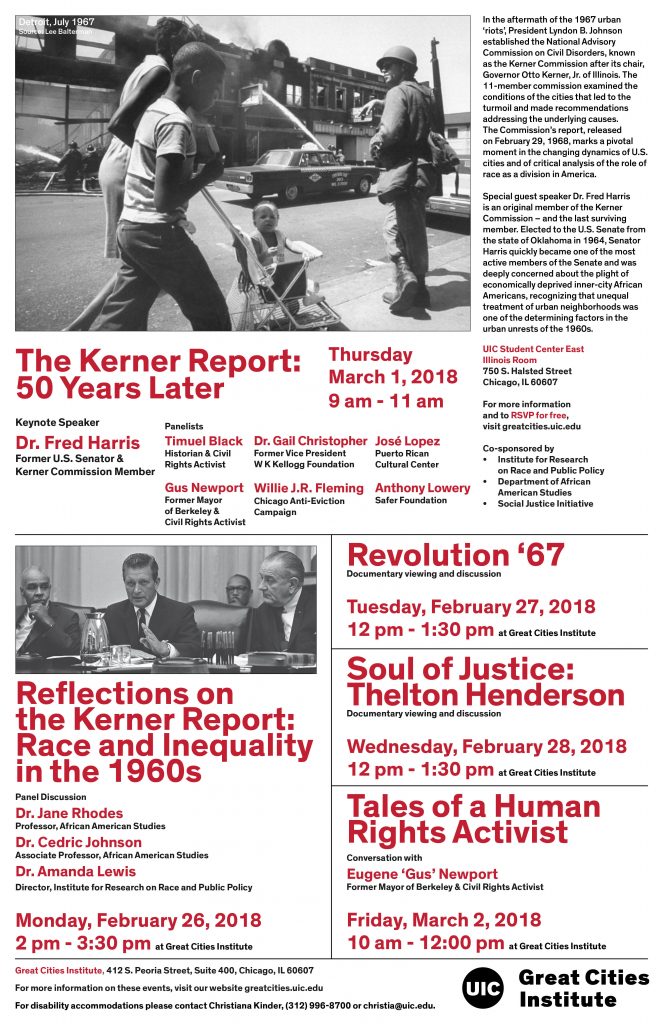Beginning with a discussion of the origins and importance of the 1909 Plan of Chicago in terms of open space, Professor Platt will focus on the politics of environmental injustice in the spatial distribution of city parks (and park facilities, maintenance, staffing, etc) on the basis of race, ethnicity and class. This talk will cover the period from the World’s Fair of 1893 and the simultaneous Great Migration to Mayor Richard M. Daley’s Millennium Park.
This approach will allow Professor Platt to introduce the audience to a new generation of scholarship such as Colin Fishers’, Urban Green: Nature, Recreation, and the Working Class in Industrial Chicago (2015), and Michael D. Innis-Jimenez’s work on Mexican immigrants and recreation in South Chicago.
Harold L. Platt is Professor of History Emeritus at Loyola University Chicago. He is the author or editor of several books, including The Electric City: Energy and the Growth of the Chicago Area, Shock Cities: The Environmental Transformation and Reform of Manchester and Chicago, and Sinking Chicago: Climate Change and the Remaking of a Flood-Prone Environment. He has twice won the book-of-the-year award from the American Public Works Association.








